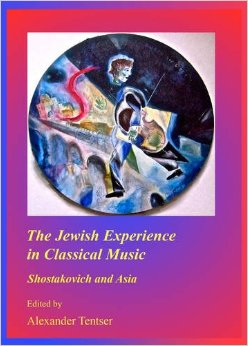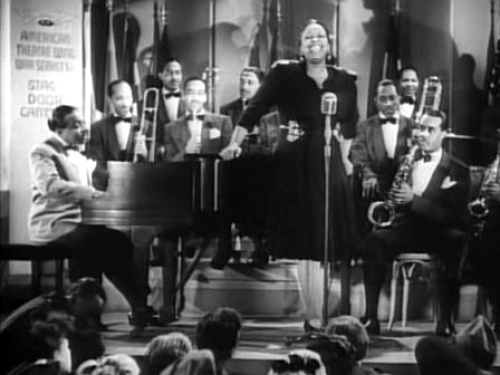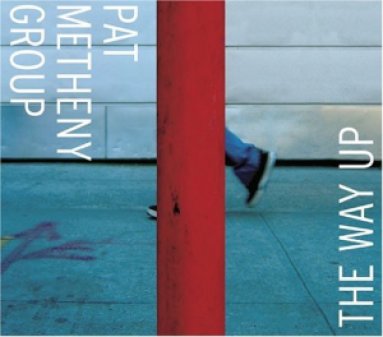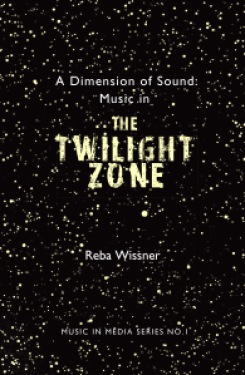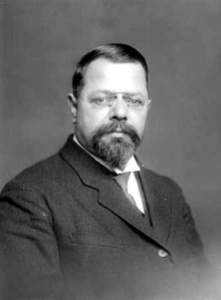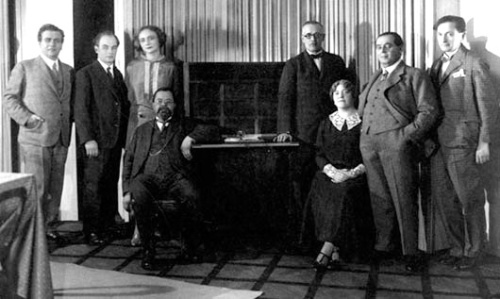Cambridge Scholars launched the series The Arizona Center for Judaic Studies publication in 2014 with The Jewish experience in classical music: Shostakovich and Asia, edited by Alexander Tentser.
The book’s juxtaposition of two highly dissimilar composers allows an exploration of the breadth of influence of traditional Jewish culture on Western classical music in the 20th century and beyond. The first part focuses on the humane qualities of Dmitrij Šostakovič’s personality—his honesty and courage, which enabled him in difficult times to express Jewish torment and suffering under both the Soviet and Nazi regimes through his works; the second part is dedicated to the music of Daniel Asia and to his philosophical and religious identification with Judaism.
Below, Šostakovič and Nina Dorliak perform one of his settings of traditional Jewish songs, and Jonathan Shames performs Asia’s Why (?) Jacob.

